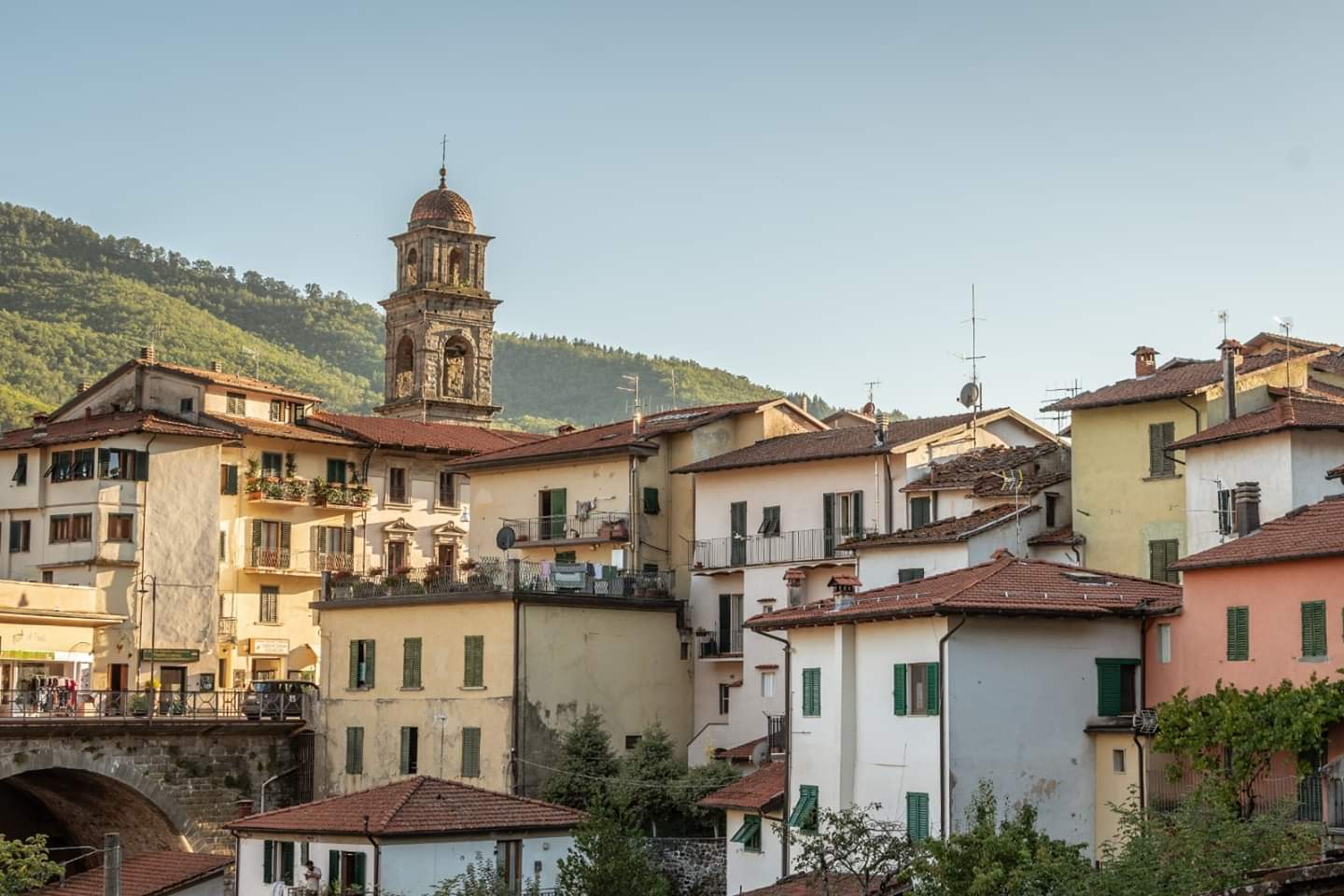San Marcello Pistoiese, the mountain capital
Since 2017 San Marcello has become the capital of the municipality of San Marcello Piteglio, born after the merger between the municipalities of San Marcello P.se and Piteglio, but since ages it can be defined as the real capital of the Pistoia mountains. The title was won by hosting the Captain of the Mountain, initially alternating with Lizzano and Cutigliano and then only with the latter, but above all by hosting the body of Santa Celestina the patron saint of the Pistoia mountains. The patronal feast of San Marcello p.se, which is celebrated on 8 September, involves all the inhabitants of the mountain with the traditional launch of the hot air balloon. This tradition was brought from France by the Cini Brothers, after meeting the Montgolfier brothers. The celebration takes place in the last summer party and it gives important signals on what the year to come will be like. Indeed, popular tradition has it that if the hot air balloon launched for Santa Celestina manages to overcome the bell tower, it indicates a lucky and prosperous year if, vice versa, it cannot overcome the bell tower then the year will be unfortunate and full of misfortunes. To give an example in 1939, at the dawn of the Second World War, the balloon did not rise from the ground and caught fire on the square predicting the future of Europe for the years to come.
The church is certainly the most evocative element of the country. Despite the modernizations and enlargements that have seen it as a protagonist over the years, it has kept many of the original Romanesque elements that blend perfectly with the most recent changes. In the village there are two other smaller churches to testify the faith of the Sanmarcellina community. The church of Santa Caterina, part of a Dominican and Franciscan convent, now closed waiting for a restoration, and the church of San Rocco built after the plague epidemic of the early 600s.
Traces of the medieval period, when San Marcello was still fortified and surrounded by walls can be found in the center of the village where it is still possible to cross the ancient city gates. In particular, one of those was crucial in the history of Italy. Before going to Gavinana, where he was defeated, Francesco Ferrucci was persuaded to punish the rival city of San Marcello. The town was sacked and set on fire, the town gate is still called Port’Arsa in memory of that event, but Ferrucci did not manage to get to Gavinana quickly enough to take refuge within the friendly walls and was defeated.
In the immediate proximity of the gate, the stone fountain of the sixteen, that seems to have been moved at least three times during the works for the construction of the Ximeniana Road, has found its final location. After the construction of the road, because of the increase of travelers and merchants, the Grand duke Peter Leopold built a loggia, located in the Town square, where they could find shelter and trade.
San Marcello and its surroundings are suitable for numerous simple and relaxing walks around the village. You can also take the path Numbers 2 of the Cai, with departure from the parking lot of the hospital of San Marcello, and reach, walking in the woods, the astronomical observatory and the main paths of the Apennines.

